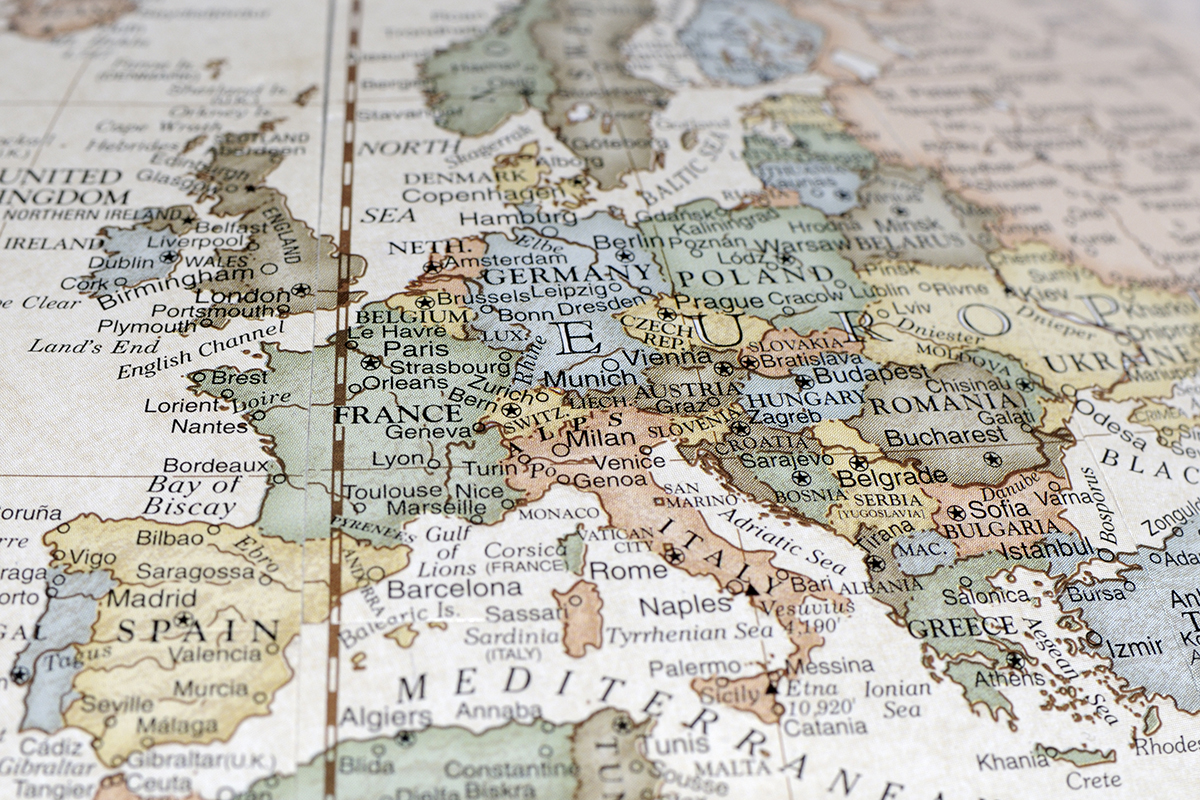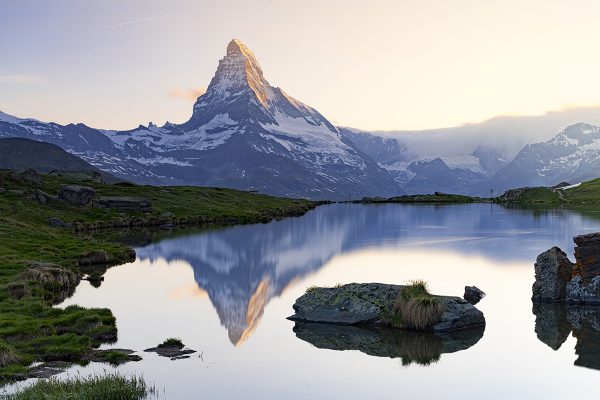Melting glaciers and their impact on borders and global relationships
Glaciers, majestic symbols of natural stability, are facing a rapid disappearance that transcends environmental issues. Their melting not only transforms landscapes, but also alters international borders. In the Alps, ice loss is shifting the boundaries between Switzerland and Italy, a phenomenon that demonstrates how climate change impacts both geography and political and economic dynamics.
The Alps, witnessing unprecedented change
For centuries, the Alps have been a natural barrier marking the borders of Europe. Their imposing peaks, some over 4,500 meters, were decisive for the cartographic work of Guillaume Henri Dufour in the 19th century. However, rising temperatures are transforming this landscape. The melting of glaciers, accelerated by climate change, is modifying limits that once seemed definitive.
Matterhorn: where geography yields to climate change
The iconic Matterhorn, known internationally as the Matterhorn, has become a key vantage point for observing the effects of climate change. The recent loss of ice in this region forced Switzerland and Italy to redefine their border. Although the adjustment was small, it is not the first. In 2000, the retreat of a glacier in Zermatt shifted the border by up to 150 meters, even affecting a chairlift that moved from Swiss to Italian territory. Today, areas such as Tête Grise and Plateau Rosa continue to witness this disturbing phenomenon.
A problem that transcends the mountains
The case of the Alps is only part of a global problem that is advancing relentlessly. According to the Swiss Glacier Monitoring Network (Glamos), Swiss glaciers lost 4% of their volume in a single year, one of the largest reductions on record. And it is not only Europe. In South America, for example, Venezuela saw the disappearance of its last glacier, La Corona, on Humboldt Peak, marking a grim milestone in the climate crisis.

This retreat affects entire ecosystems: from rising sea levels to the loss of habitats for species that depend on the alpine climate. It also threatens freshwater sources, essential for millions of people. With each passing day without effective action, the consequences of global warming intensify.
Political consequences of melting ice
The impact of glacier melting does not stop at the environmental level. In 2022, the shrinking of the Theodul glacier generated tensions between Switzerland and Italy due to an alpine refuge located in the affected area. After complex negotiations, the two countries agreed to divide the property: two-thirds went to Switzerland and one-third to Italy. This case reflects how climate change is complicating international relations and demanding new forms of collaboration.
An urgent call to action
The climate crisis challenges us all. Melting glaciers affect not only iconic mountains, but also the global water balance, biodiversity and international relations. In this context, it is crucial that students, researchers and professionals become actively involved in understanding and addressing the challenges posed by global warming.
Boost your career
Climate change requires professionals prepared to face challenges such as glacier melting and its global impacts. The Master in Environmental Management and Audits provides you with the necessary tools to design sustainable solutions and lead environmental projects. Specialize in a field with high demand and be part of the change towards a more sustainable future.
Source: Melting glaciers are changing the border between Italy and Switzerland.

